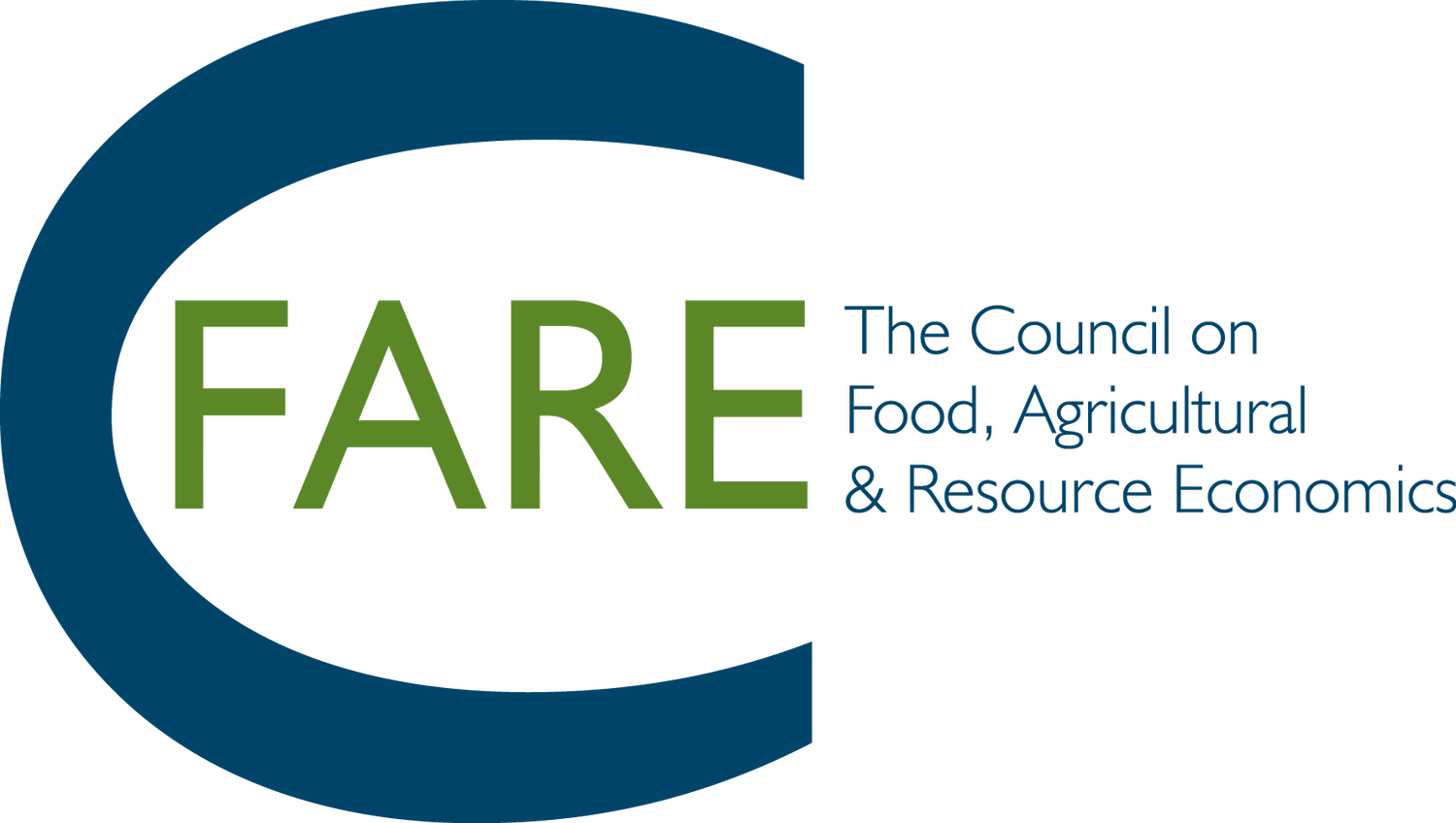Big Data: Background and Applications used in Agriculture and Food Systems
Volume, velocity, variety, and veracity are descriptors of big data. Remote sensing, geospatial, Census and supermarket scanner data are only a few examples of big data. Accessibility, quality and security are challenges associated with big data. Higher yields and better matching of product to consumer demand are two outcomes from research using big data. To learn more about big data, and how they can be used for decision making and policy, the December C-FARE webinar provides background and two applied examples.
Keith Coble – Big Data in Agriculture: A Challenge for the Future
Keith Coble discussed data as a public good, focusing on its unique non-diminishing nature when shared. He highlighted the advancements in data generation in agriculture, driven by technologies like sensors, and the challenges in producing certain valuable datasets, such as those by the USDA ARS. Keith emphasized the importance of accessible data and the four V’s - volume, velocity, variety, and veracity - in managing the influx of varied and rapid data across the agricultural supply chain.
Keith then addressed the challenges of utilizing big agricultural data, cautioning against over-reliance on supply chain-generated data and stressing the value of randomized control surveys for validation. He shifted to legal perspectives, focusing on data access and trust over ownership, and envisioned a future with data analysis in secure enclaves to ensure privacy. Concluding, Keith noted the role of data in complex agricultural decision-making, the need for insights to be more informative than traditional knowledge, and the challenges posed by omitted variables in data analysis.
Meha Jain – Using Satellite Date to Understand the Adoption of Cover Crops in the US Midwest
Meha Jain presented her lab's groundbreaking work in agricultural remote sensing. She focused on using satellite data to map various agricultural characteristics, with a specific study on cover crops in the U.S. Midwest. Meha explained that cover crops, which are planted to maintain soil cover between primary crop seasons, can now be effectively monitored through satellite imagery. This method is a significant advancement over traditional data collection methods like household surveys and census statistics, which are time-consuming, costly, and offer limited spatial and temporal resolution.
Meha’s team utilized Landsat and Sentinel-2 satellite data to achieve detailed mapping at resolutions as fine as 10 meters squared. This allowed them not only to map the presence of cover crops but also to distinguish between species like rye grass and red clover. They observed trends in cover crop adoption over time, noting increases in some Michigan counties. The study also examined the impact of the Environmental Quality Incentives Program (EQIP), finding a positive correlation between EQIP funding and cover crop adoption. Meha concluded by highlighting the precision and efficacy of satellite data in mapping agricultural characteristics, producing important datasets at scale.
Yuqing Zheng – Big Data for Consumers Studies
Yuqing Zheng's presentation focused on the use of big data in consumer studies, particularly in the realm of food as medicine, covering topics like plant-based meats and hemp products. Yuqing outlined several key data sources for consumer behavior analysis, including the Current Population Survey, Panel Study of Income Dynamics, FoodAPS data, and NHANES, each offering unique insights into areas like food security, health, and purchasing habits.
The presentation also delved into two major sources of scanner data: the Nielsen Academic Version and IRI (now Circana) scanner data. These resources provide comprehensive consumer data, including purchasing patterns, health information, and a connection to nutritional databases for analyzing dietary habits. Yuqing highlighted their applications in demand analysis, choice modeling, and policy analysis, particularly in relation to hemp products. Both datasets, however, have access limitations and a typical two-year data lag. Yuqing's presentation emphasized the versatility of scanner data in understanding consumer preferences and the impact of food-related policies.
This program is supported in part by the Agricultural and Applied Economics Association and the US Department of Agriculture’s Economic Research Service, and the National Agricultural Statistics Service.
Those who register but cannot attend our webinar can always view a recording of it later at the council’s YouTube channel.



